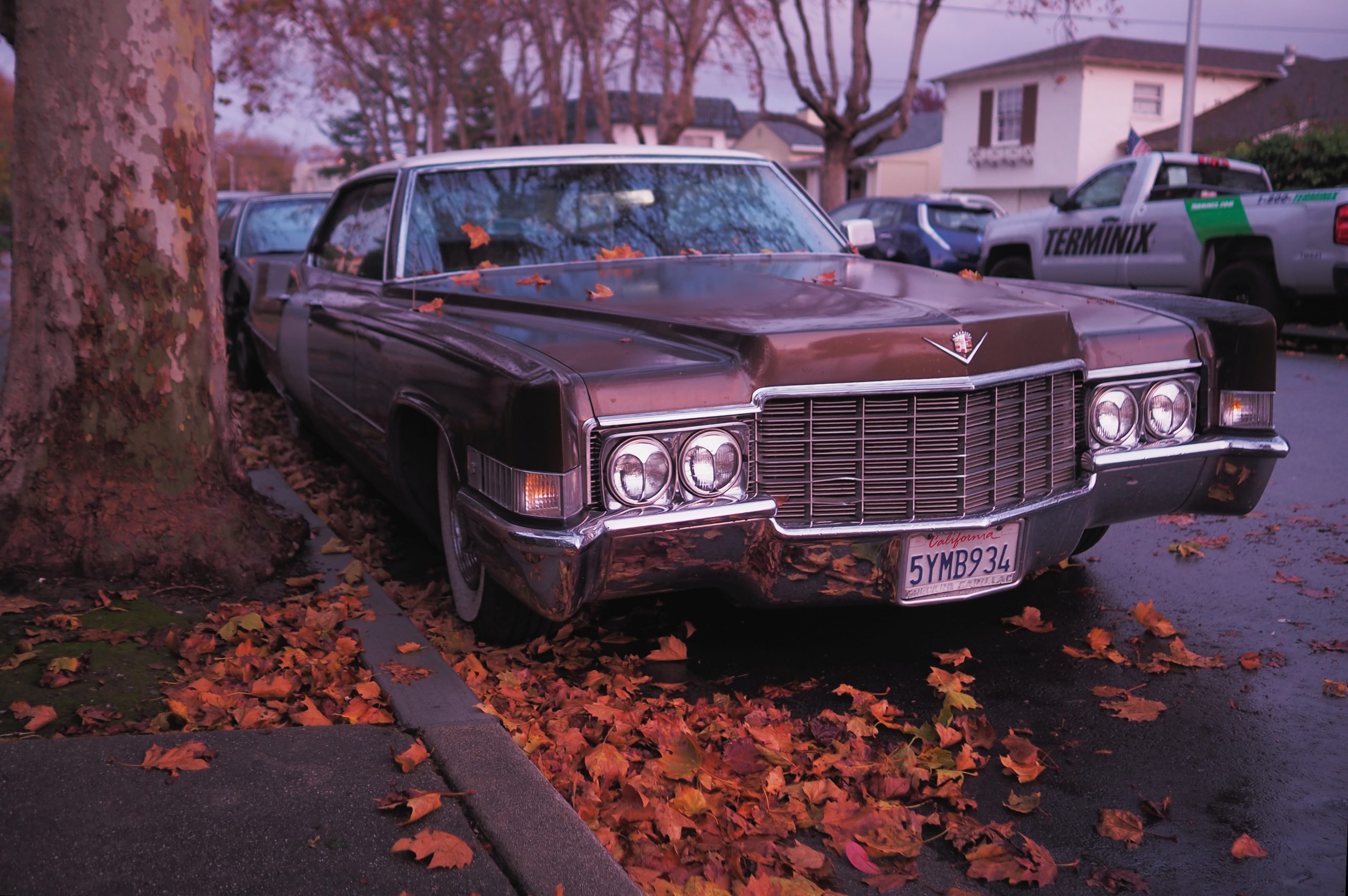Much of the 1980s culture is returning. We hear the re-emergence of synthpop music, and ’80s style wild hair is making a comeback. Youngsters are dressing up in crazy patterns with equally incompatible color combinations. Anybody who works in a used car dealer franchise would also get inquiries about vehicles from more than thirty years ago. Vintage is suddenly becoming popular again, and it has reached all areas of one’s cultural life, from the shows we watch and the music we hear to the clothes we wear and the ways we move from one place to another.
But what can we observe and learn from cars that were modeled in the 1980s? How can we refashion the vehicles today to suit our needs?
Observe the structure
Before the 1980s, only luxury cars had curvy, rounded structures, which allowed limited movement and had little space. Although on the outside, they had a clean and elegant look. Back then, most cars were official-looking, with hard edges, corners, and boxy external features.
But studies in aerodynamics began to show that less energy was used when one reconsidered the shape of a car. In other words, curved cars mean better mobility. With better mobility, there’s less energy used. The boxy car trend is making a comeback, but even such vehicles have rounded curves to improve velocity. As we continue to learn how to adapt, we can return to the past as many times as we want.
Find power alternatives

The 1980s saw the rise and popularity of turbo-powered cars. Turbochargers are turbine-driven superchargers that are powered by the exhaust gases of an engine, which gives the car its race car sounds and speed. It was, ironically, developed as a result of the demand for a fuel economy. Turbomachinery later became the standard for ordinary cars today. Still, back in the 80s, it was such a novelty that many turbochargers were installed into the vehicles after they were bought.
So what future can we see through such cars? One possibility is that, instead of using exhaust gases, we can make use of natural gases, solar power, and wind energy. It may look like, be as fast, and use the same machinery as a 1980s car, but with 21st-century technology that would redefine sustainability.
Today, we have moved past many car design trends and energy mechanisms of the 1980s. After all, three decades have come and gone. On the other hand, we see the resurgence of trends. That might be a good thing or a bad thing. Whatever the case, we must not underestimate the ability of the human spirit to adapt.
We reinvent designs the way we see fit while adhering to certain traditions. We can keep our fog lights, boxy designs, and turbine-powered engines but only in such a way that we do the environment a favor and that we prioritize present-day needs over bygone aesthetics. We find ways to make them match and observe what made them work before to learn what could also work now. This way, the past meets the present in innovative car designs.
